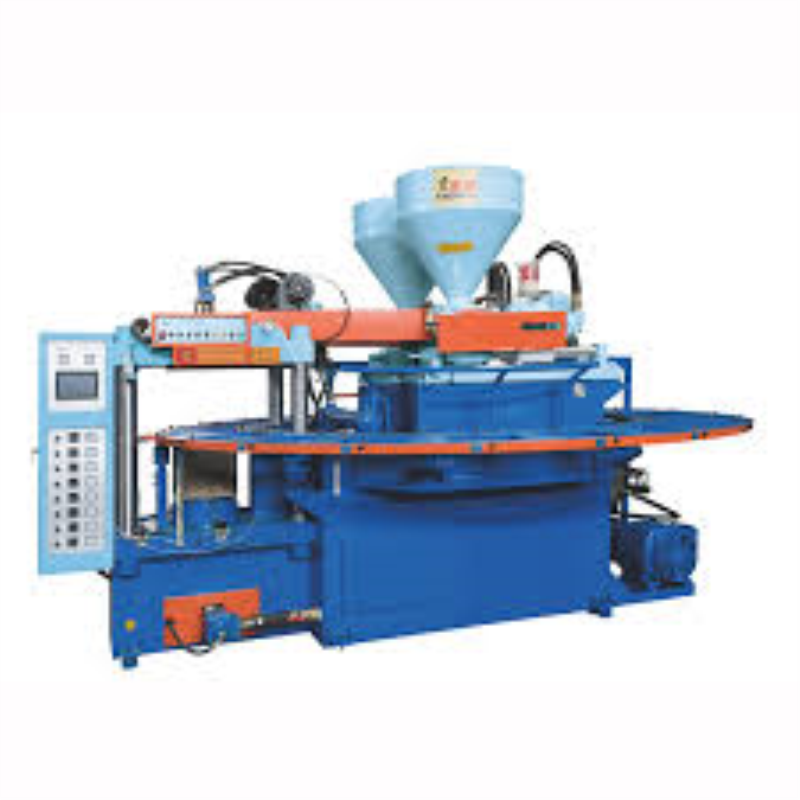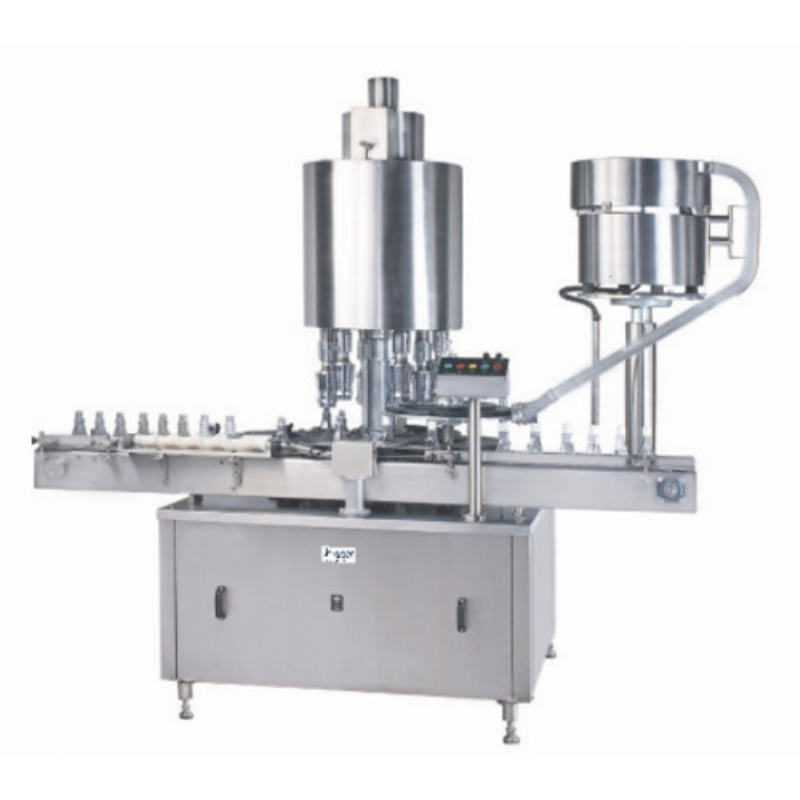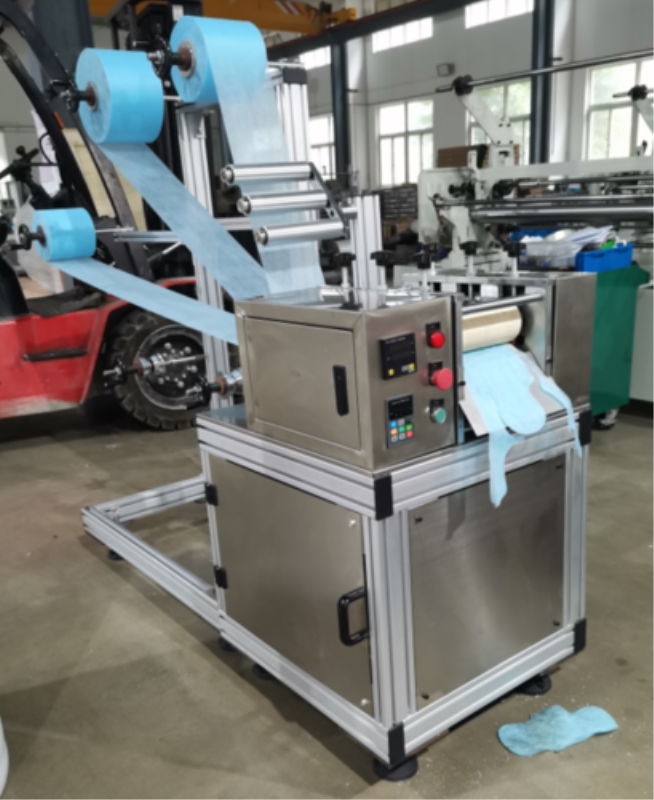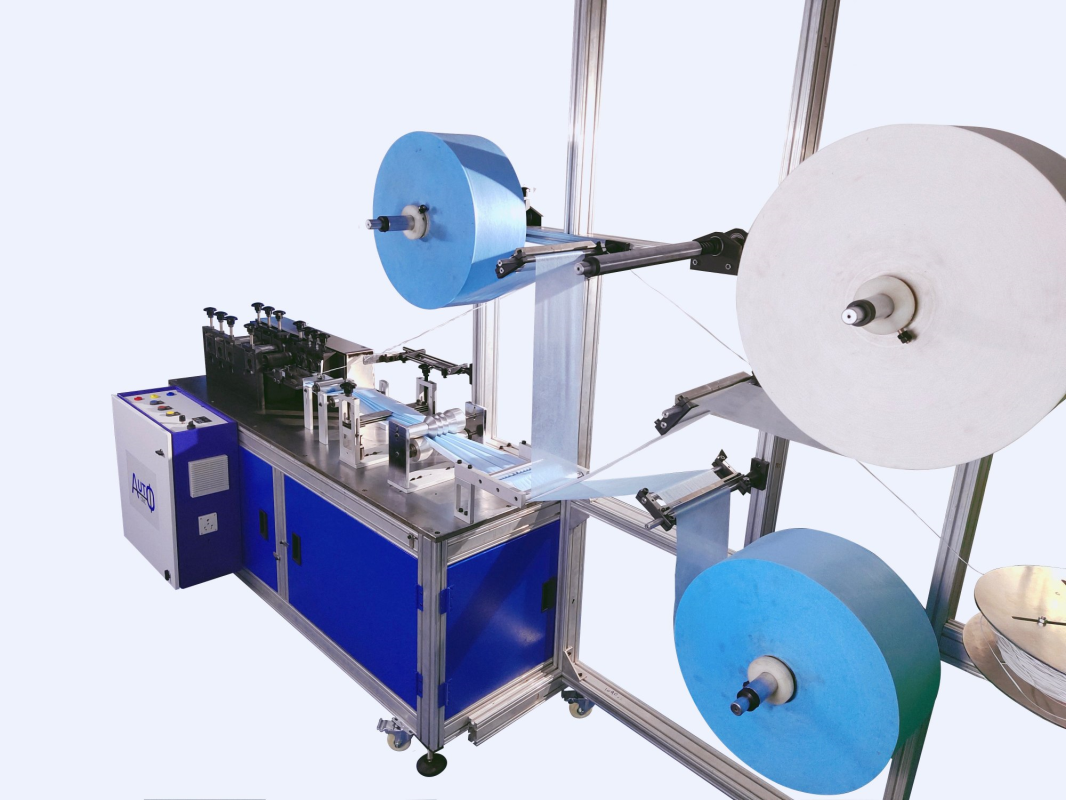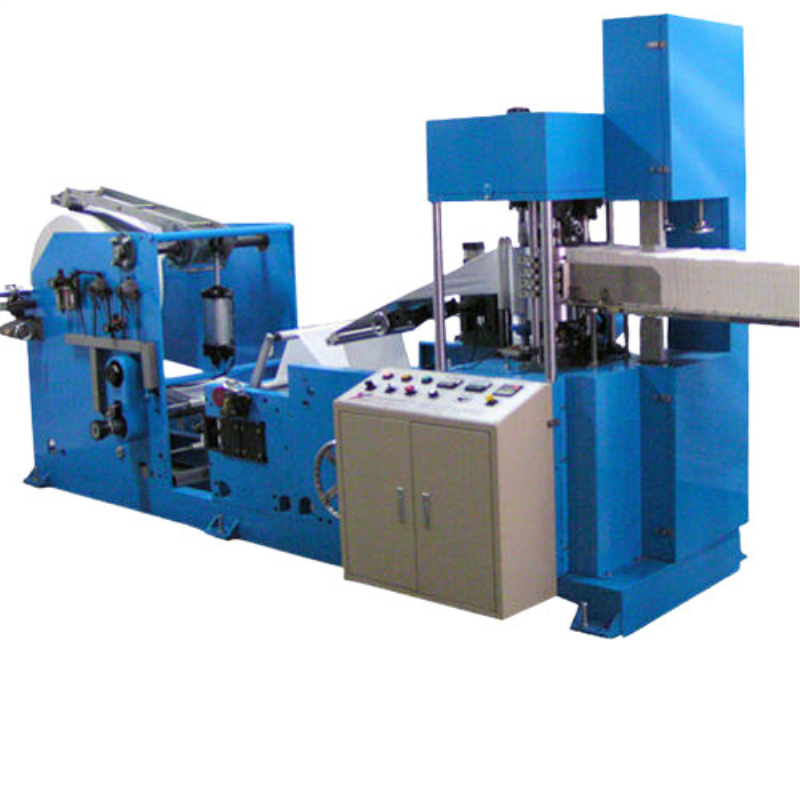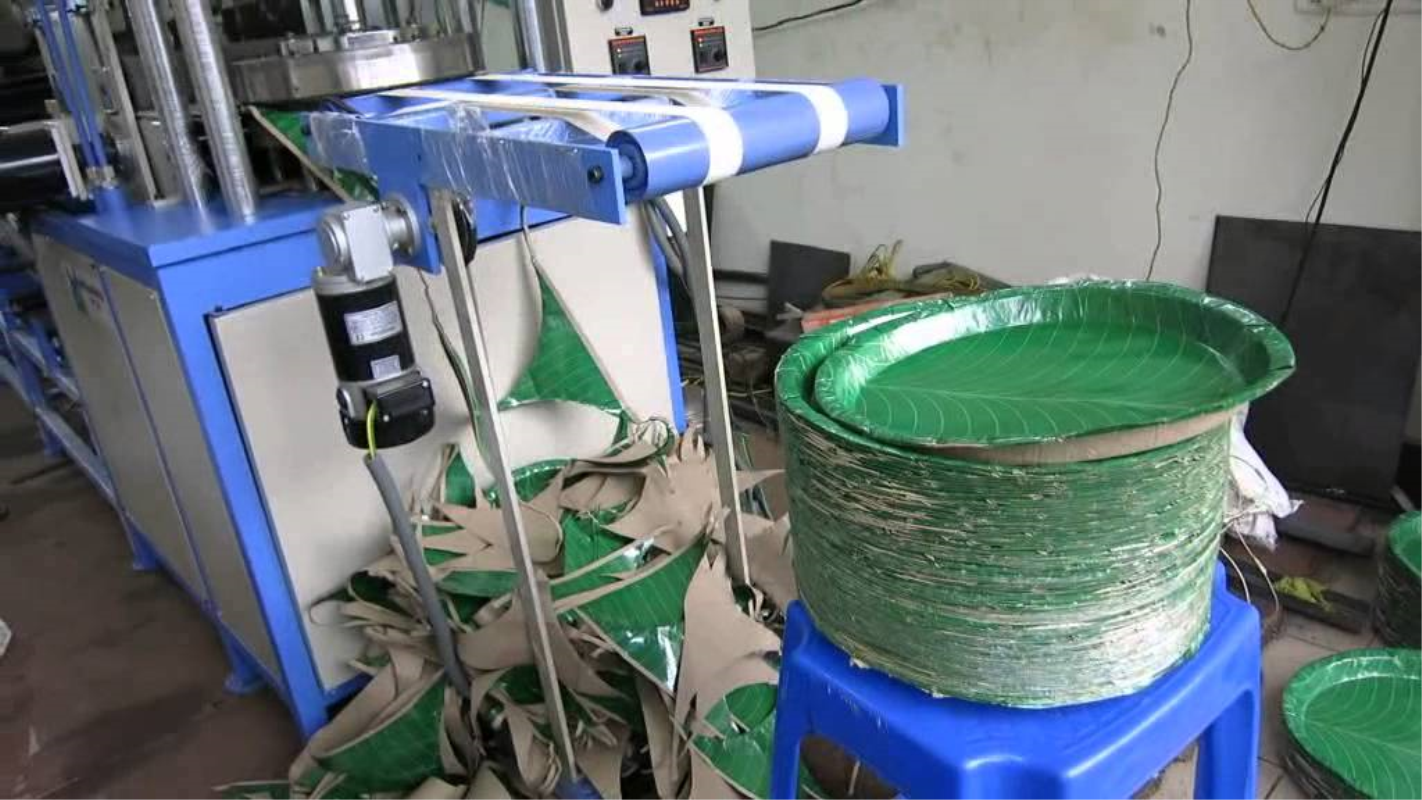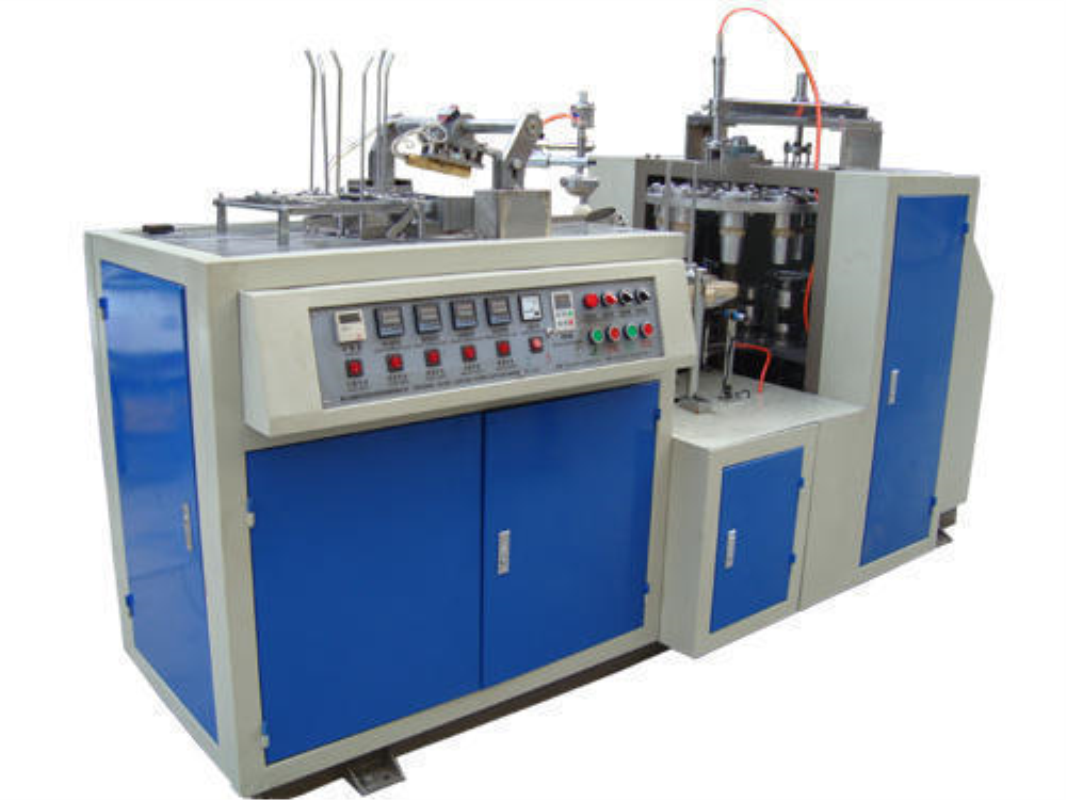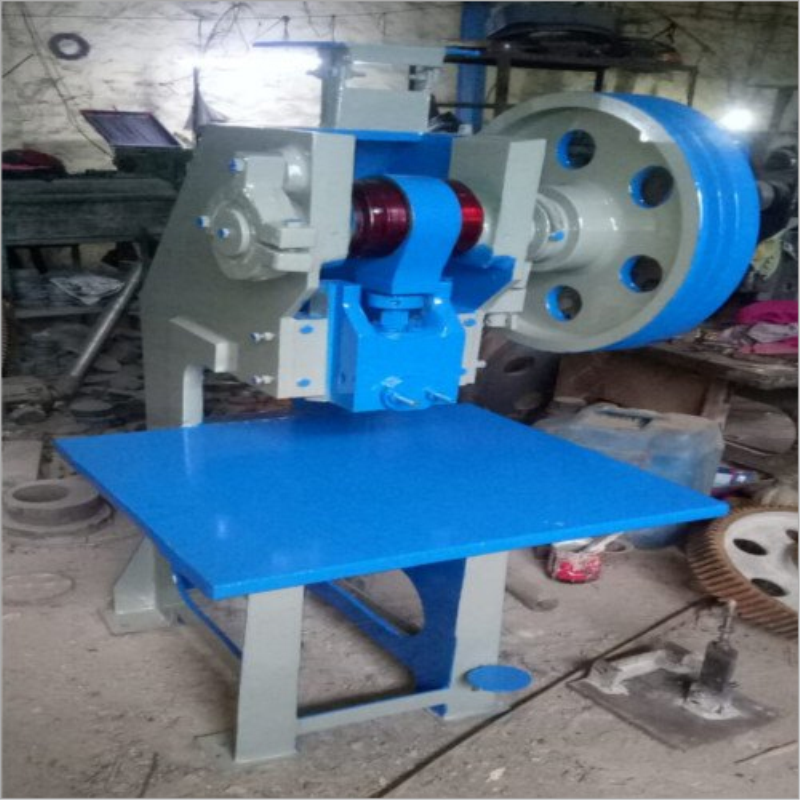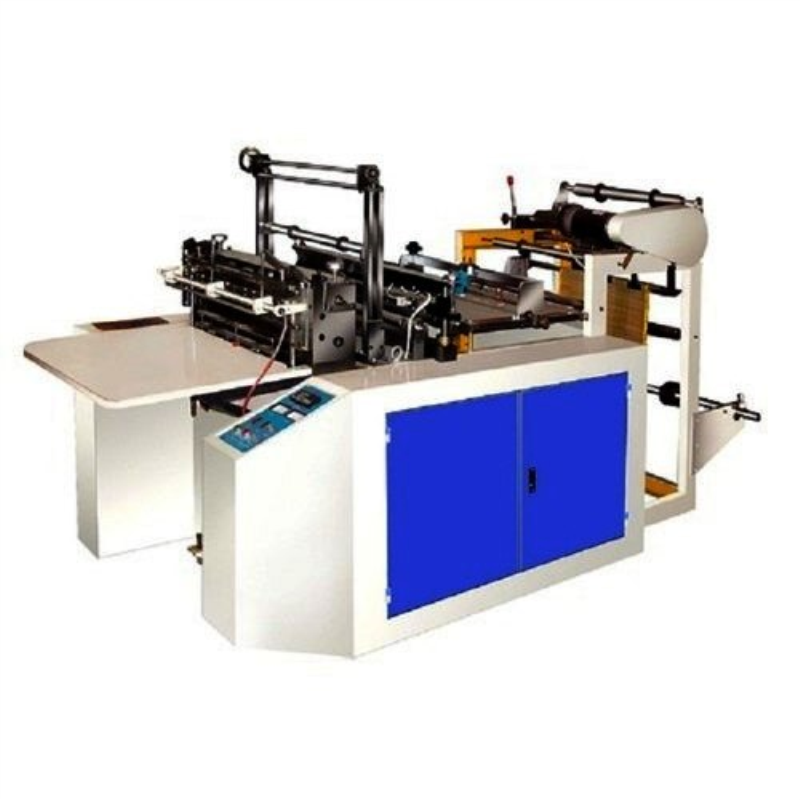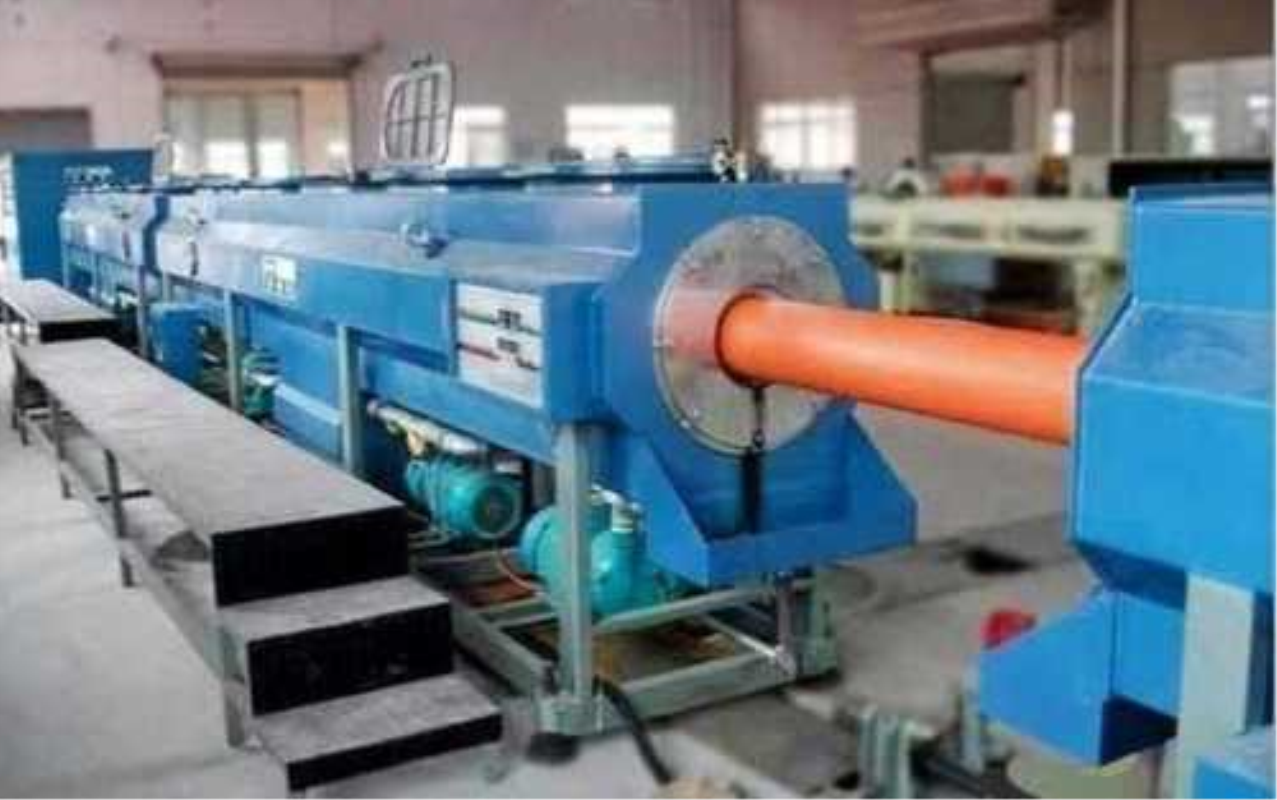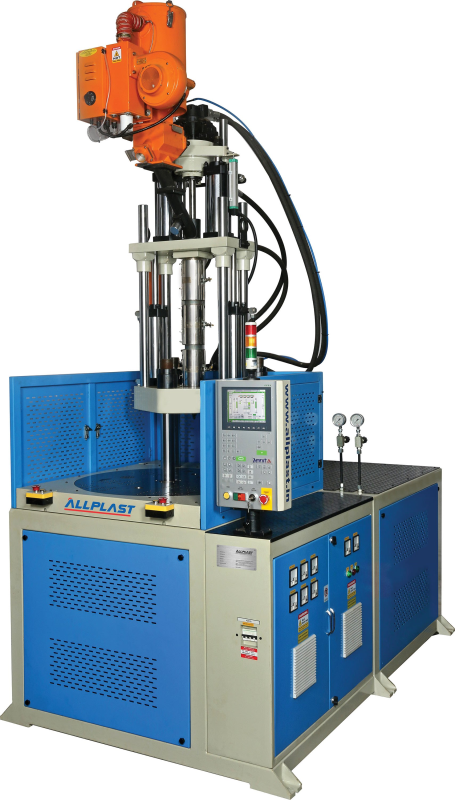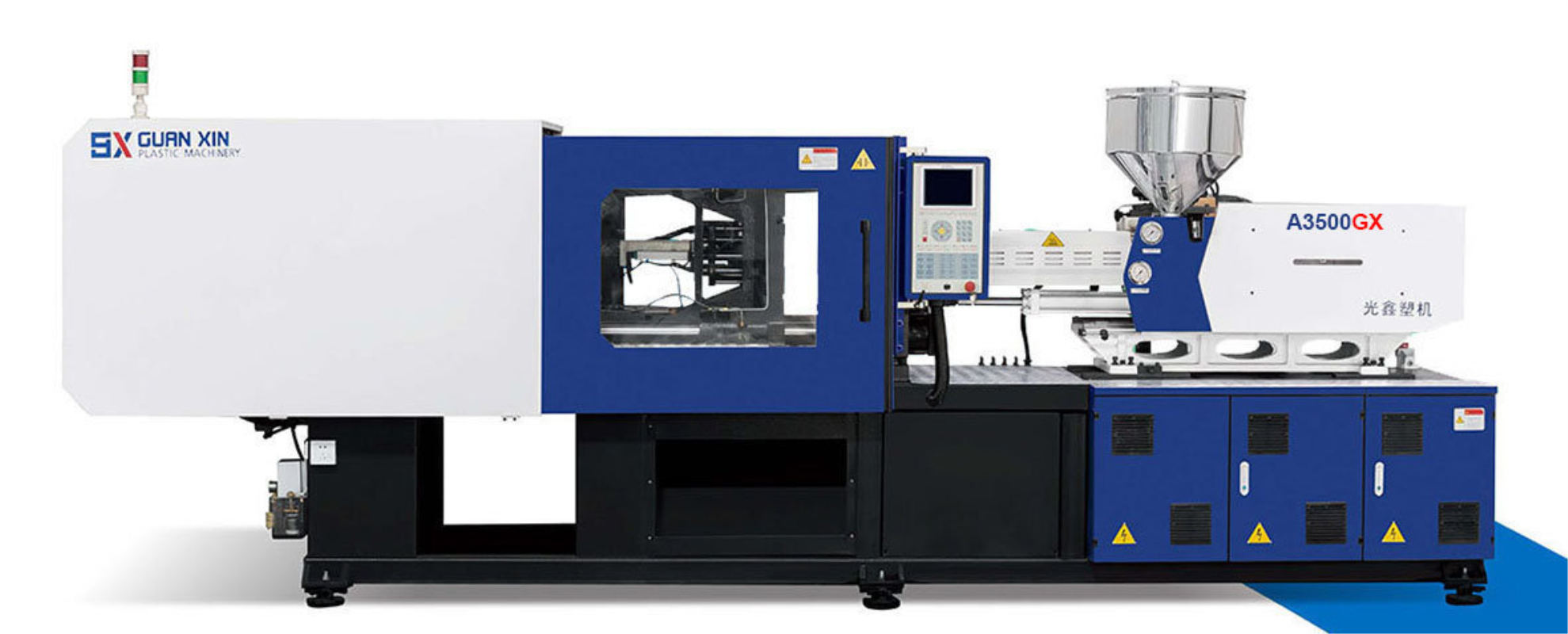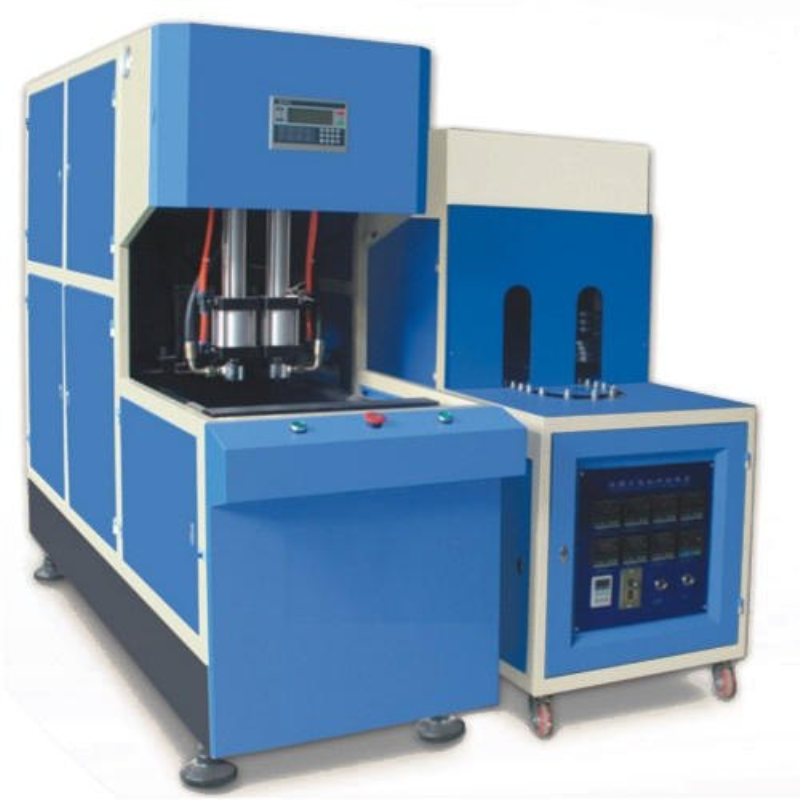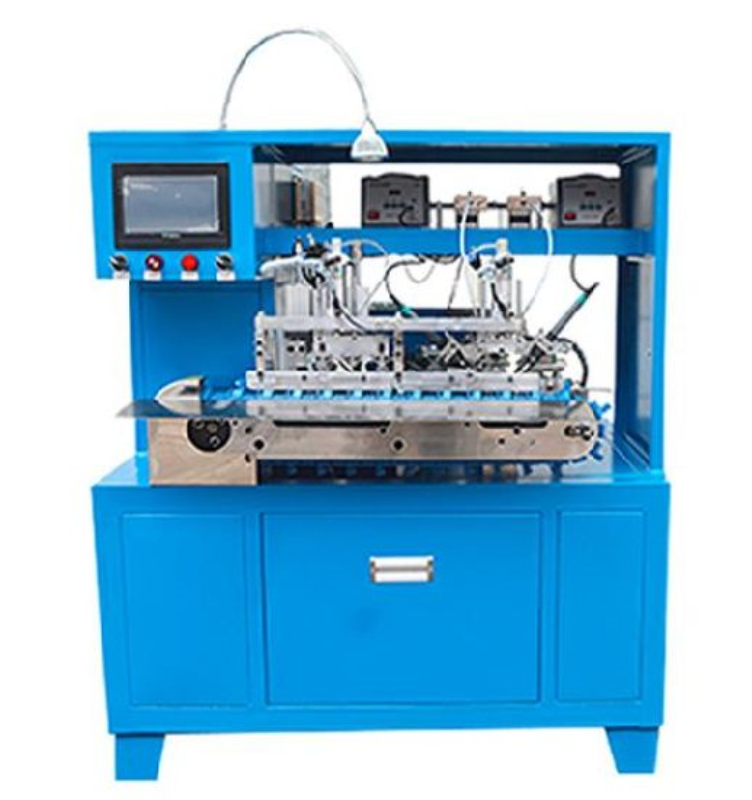Shoe Making Machine – Advanced Solutions for Efficient Footwear Production
A shoe making machine, also known as a shoe manufacturing machine or footwear production machine, is a specialized piece of equipment used for the automated production of shoes and other footwear products. These machines are integral in the footwear industry, enabling the efficient and consistent production of various types of shoes, including sneakers, dress shoes, sandals, and more.
Here's a more detailed overview of the components and operation of a shoe making machine.
Components of a Shoe Making Machine
- Upper Cutting and Stitching: This unit cuts and stitches together the upper part of the shoe, which includes the vamp, quarters, and other components that cover the foot.
- Lasting and Molding: The machine shapes and molds the upper part of the shoe over a shoe last, giving the shoe its final form and structure.
- Sole Attaching: This unit attaches the sole to the upper part of the shoe, often using adhesives, stitching, or a combination of both.
- Heel Attaching (Optional): For shoes with heels, there may be a unit for attaching and securing the heel to the sole.
- Finishing and Quality Control: The machine may include mechanisms for trimming excess material, inspecting for defects, and ensuring uniformity.
- Packaging (Optional): Depending on the setup, there may be provisions for packaging the finished shoes.
Operation
- Upper Cutting and Stitching: The machine cuts and stitches the upper components of the shoe together to form the top part that covers the foot.
- Lasting and Molding: The upper is stretched and molded over a shoe last to give the shoe its final shape.
- Sole Attaching: The sole is attached to the upper using adhesives, stitching, or a combination of methods.
- Heel Attaching (Optional): If the shoe has a heel, it is attached securely to the sole.
- Finishing and Quality Control: Excess material is trimmed, and the shoe is inspected for defects and uniformity.
- Packaging (Optional): Finished shoes may be packaged for distribution.
Key Considerations
- Shoe Type: Different machines are designed for producing various types of shoes, such as athletic shoes, casual shoes, and formal shoes.
- Upper and Sole Materials: Machines can handle various materials, including leather, synthetic fabrics, and rubber.
- Sole Attachment Method: Different machines use different methods for attaching soles, such as cementing, stitching, or molding.
- Quality Control: Ensuring consistent quality is crucial for producing comfortable and durable shoes.
- Customization: Some machines allow for customization of shoe design and features.
- Automation: Higher levels of automation improve production efficiency and reduce manual intervention.
- Maintenance and Training: Proper maintenance and operator training are important for smooth operation and machine longevity.
Shoe making machines play a significant role in the fashion and footwear industries, contributing to the production of a wide range of shoes that cater to various styles and preferences. They help meet consumer demand for stylish, comfortable, and well-constructed footwear while maintaining quality and consistency. The choice of machine depends on factors like shoe type, production volume, and desired features.

